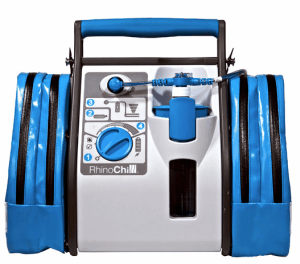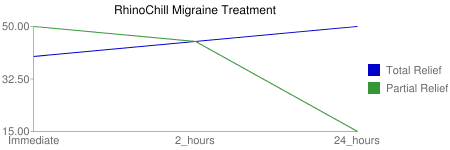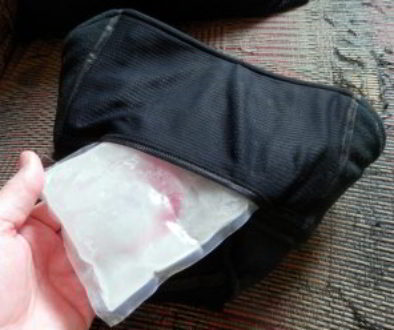RhinoChill Cools the Brain and Body – Could it Stop Migraine Symptoms?
Cooling technologies have long been used successfully in migraine and other conditions. In fact, cryotherapy – the use of freezing temperatures in medicine – is an extremely common method of pain relief. And maybe it needs to be more common in migraine pain relief.

RhinoChill is a device used to protect the brain during cardiac arrest. The concept is simple – by quickly cooling the brain a few degrees, the brain may be more able to recover once the heart gets pumping again.
The debate over the benefits of this treatment aside, the RhinoChill method of cooling may be just what the doctor ordered for some migraine patients.
Using the device, a special coolant is delivered to the nasal cavity (via tubes) at room temperature. The coolant then quickly evaporates, causing a cooling effect. The brain and body are cooled directly, but also indirectly as cooled blood circulates.
It may seem intuitive that some quick cooling could help with migraine symptoms, but a test was needed in the real world. A small trial has been done, with 20 treatments done for 15 patients. Out of those 20 treatments, 90% resulted in at least partial relief – 40% resulted in full, immediate relief. 2 hours later, 45% had complete relief and 45% had partial relief. 24 hours later, 50% had complete relief, 15% had partial relief.
 Remember, that was after just one treatment. So it may be that for some patients the treatment may need to be repeated.
Remember, that was after just one treatment. So it may be that for some patients the treatment may need to be repeated.
The treatment was well-tolerated, and at the end of the day a help to 87% of the patients in the trial. Although the authors note the the placebo effect may have been a factor, the success rate was high enough to show that this is another non-drug treatment that deserves further attention and study.
Other “cooling” treatments are common, including, for example, the SootheAway device, already used by migraine patients. But for a non-invasive, non-drug treatment, it’s worth the time to consider more alternatives as other technologies are developed.

